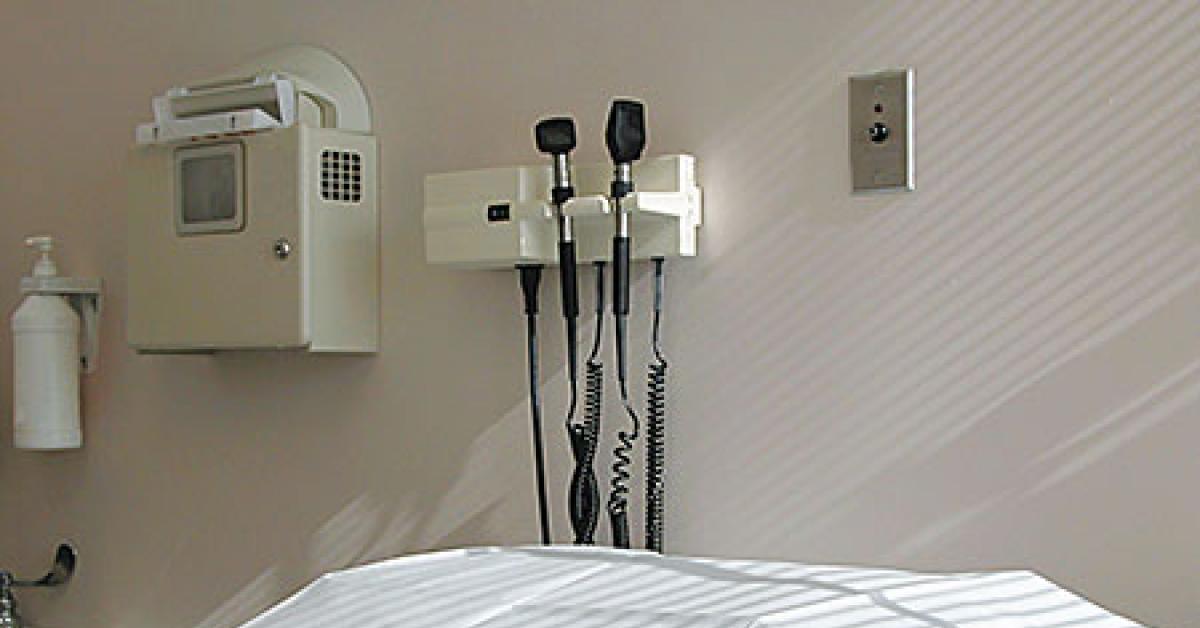CHICAGO — A tragic event that happened several years back at a children’s hospital in New Orleans recently grabbed the attention of the general public and gained national media headlines.
Between August 2008 and July 2009, five children who were patients at Children’s Hospital in New Orleans died after an outbreak of mucormycosis, a fungal infection that can be fatal only in rare situations, such as in the case of patients with severely compromised immune systems.
What caused renewed concern about the case was an article published in the Pediatric Infectious Disease Journal summarizing an investigation of the circumstances of the outbreak and of several areas within the hospital and its contracted launderer’s facility. In their report, the authors ultimately identify what they believe is the main transmission vehicle for the fungus: the hospital’s linens.
The authors of Mucormycosis Outbreak Associated with Hospital Linens, some of whom represented the Centers for Disease Control and Prevention, tested linens processed by an outsourced laundry provider and found cases of the fungus in the linen, exposure to which was the only common factor to all of the patients, who occupied several different wards in the hospital.
In the article, the authors state: “In this outbreak, we suspect the contamination of clean linen occurred at the laundry facility or during delivery, after the linen had been washed and dried. The movement of clean linens from the end of the laundry process to the hospital is the time during which the chance of contamination is greatest.”
The report highlighted several opportunities for transmission, pointing to incidents during transport and storage of the clean linens where they were uncovered and exposed to outside air and potentially to construction dust. Rhizopus, a form of mold that causes mucormycosis, is found abundantly in dirt and soil.
While Children’s Hospital has insisted that mucormycosis was “not the primary cause of death in any of the patients,” authors of the journal article say that the hospital has since made major changes to its linen processing and handling protocols, switching to a new laundry vendor, getting rid of old linens, and cleaning and disinfecting linen storage areas.
According to various news reports, civil lawsuits filed against Children's Hospital by families of the victims are pending. The hospital did not respond to requests from American Laundry News for comment.
FACING THE RISKS
For laundry operators who serve the healthcare market or any other where contamination could be a risk, this reported linen contamination case serves as an alarming wake-up call.
“Contamination should always be a concern,” says Joseph Ricci, president and CEO of the Textile Rental Services Association (TRSA), who adds that businesses like restaurants and hotels also need to be aware of how linen cleanliness can affect the health and experience of customers.
“I think it will raise concern or heighten awareness with, ‛If this could happen in this organization, what about us?’” says Lisa Waldowski, infection control specialist at the Joint Commission, an organization that accredits healthcare organizations and programs. “Obviously, you don’t think when you’re looking at laundry that it could potentially pose a threat to the patient safety,” she says, adding that when it does, it’s important to step back and take a hard look at processes.
Linda Fairbanks, executive director of the Association for Linen Management (ALM), encourages laundry operators to be vigilant every step of the way when processing, handling and delivering linens.
“It’s a process from the time it enters your door till the time it reaches your patient. And that’s the one thing that the New Orleans [Children’s Hospital] can teach us,” she comments, adding that laundries should not wait for an external push to measure quality and set standards and expectations.
“We focus so long on the wash wheel and wash formulas and chemicals and chlorine or oxygen bleach. And we focused on all these issues, yet this is the other side of that wall,” she says. “This is the clean side, the finishing side.”
While much of the effort for getting textiles hygienically clean and ready for use happens within the walls of a structure, procedures for ensuring that patients receive clean linens shouldn’t stop once the laundry leaves the processing facility.
“I’d say probably 95% of the laundries I’ve been in provide great service at that point,” Fairbanks says. “However, from that point on is an area that I have great concern about... How many hands are going to touch it before it gets to the patient? And where’s it going to be stored until it gets to the patient?”
Check back Monday for Part 2!
Have a question or comment? E-mail our editor Matt Poe at [email protected].

